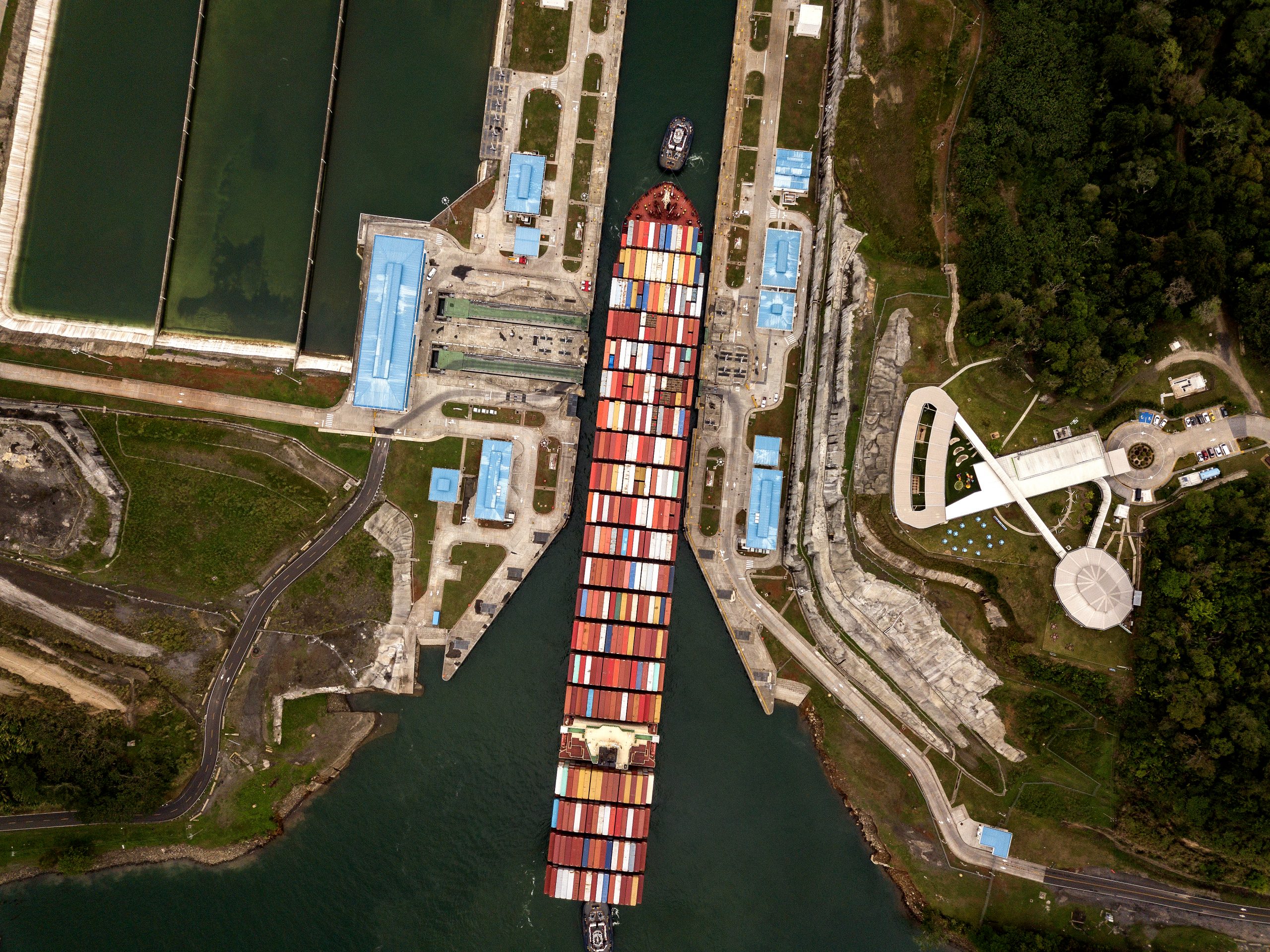
Since its inauguration on June 26, 2016, the Expanded Canal not only exceeded traffic expectations, but also reaffirms its environmental leadership in the maritime industry, prioritizing water savings and contributing to the reduction of CO2 thanks to shorter distances of travel and to the greater load capacity that it offers to its clients.
The container segment represents more than half of the transits through the expanded Canal, followed by liquefied petroleum gas (LPG) and liquefied natural gas (LNG) vessels. They have also transited bulk carriers, tankers, cruise ships and vehicle carriers.
LNG vessels began to use the interoceanic highway for the first time after the inauguration of the expanded Canal. More than 90 percent of the world’s fleet of LNG ships can now transit the Canal, opening the doors to a new market and allowing LNG producers in the United States to ship natural gas to Asia at competitive prices. LPG vessel traffic has grown exponentially since the inauguration of the expanded Canal, and has become the second largest segment of traffic through the neopanamax locks.
The expanded Canal favors the development of world maritime trade by multiplying the opportunities for connectivity and exchange between countries and markets.
Frequent questions
on the Expanded Canal
We will answer any questions you have about the Expanded Channel.